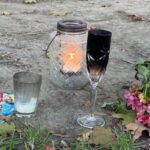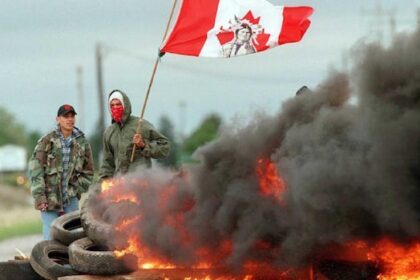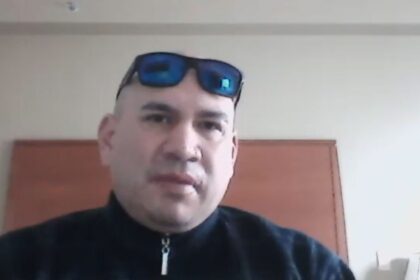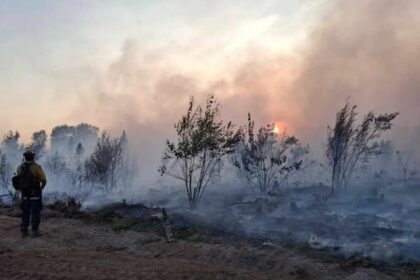Member communities of the Prince Albert Grand Council (PAGC) in Saskatchewan now have a roadmap for the monumental task of building a First Nations police service from scratch. On Wednesday, the PAGC released a summary of the Regional Policing Study Project-a months long feasibility study looking into the issue. It was written by the PAGC Public Safety Implementation Team which includes experts from MNP (Meyers Norris Penny) among others. “Hopefully from this study, and I think there’s been great work done-not finished within the federal government and the provincial government-to make Indigenous policing an essential service and to have that secured funding for police services,” says Grand Chief Brian Hardlotte. Hardlotte says it was the chiefs who gave PAGC the mandate to pursue a self-administered service in 2017. The tribal council represents 12 First Nations and 26 communities, with close to 50,000 First Nation members, according to the PAGC. The communities are spread across a vast swath of northern Saskatchewan. Statistics shared at a PAGC forum in Saskatoon Wednesday showed 8,703 people engaged in the study through community sessions and interviews. Another 848 completed online surveys. The top concern was delayed response times from the Mounties. “When they have an emergency in their community, then they call the detachment or the office if there is one in their community, and the call is always answered in Regina,” Hardlotte says. “In the meantime, an emergency is happening. It’s not answered by the, let’s say the, the sergeant or the constable, out of the community or the CTA, community tripartite agreement officer, from the gate of the community, that’s always been a problem in the community. And I think if you had Indigenous policing, that would eliminate that.” A delay in the RCMP’s response time was pointed to as a factor in the James Smith Cree Nation tragedy in 2022. The First Nation is 25 minutes from the nearest detachment in Melfort, Sask. Eleven people were killed and 17 injured in a mass stabbing at 13 locations on the Nation and in the nearby community of Weldon. Another challenge Hardlotte cites is the inexperience of many of the officers who serve northern communities. “A lot of these officers, they’re young officers that just come out of the Depot (RCMP training) and a lot of them, they’re not Indigenous, you know, so they’ll come to a community, especially young officers, and they don’t know the community, they don’t know the culture of the community, they don’t know…what the values may be…so right off the bat it’s a challenge in the current policing system that we have,” Hardlotte says. Hardlotte says there’s work to be done in the schools to educate kids about policing and hopefully increase recruitment. According to the feasibility study, the top trends affecting policing and safety in most communities are mental health decline, bootlegging, illegal and legal substance disorders, gun violence and gang activity. The top two illicit drugs seen in PAGC First Nations are crystal meth and crack cocaine. It also found that many communities in PAGC territory are spending $500,000 to $1 million annually on security. The study respondents believe a First Nations police service would improve safety, offer cultural understanding and sensitivity and integrate First Nations laws. They also believe lack of funding and infrastructure and difficulties in recruitment will be challenges. Prince Albert Grand Council Vice Chief Joseph Tsannie is the lead on the policing project. He says the chiefs of the communities are in charge of what happens next. Photo: Leanne Sanders/APTN Vice Chief Joseph Tsannie, the team lead for the PAGC policing project, says with this report completed, the information will go back to the communities for further consultation. “We still have until March. Then after March, if we get the blessing from our leadership, from our communities, from our chiefs, then the next phase will be negotiating…the funding and how we’re going to start rolling out,” Tsannie says. “That will play out. But the final report will be presented to our chiefs and they will make the ultimate decision if we should continue or to stay status quo as what we’re having right now. It’s your decision, but I believe we’re on a good path forward.” Hardlotte and Tsannie didn’t give firm numbers but the cost of a new First Nations led police service will be in the millions. But MNP Policing consultant Alana Jones, a retired Ontario Provincial Police Inspector, says money concerns shouldn’t be a deterrent. “The role of MNP is to support you to have an evidence-based policing feasibility study that that can be articulated and can be grounded in evidence-based staffing, what is required to deliver adequate and effective policing and to ensure that you have the funding to be able to succeed,” Jones says. She describes the process of setting up a police service as a slow one. “And it’s not going to happen overnight. It’s going to be kind of a crawl walk, but it’s just setting up the foundation of your house. You have to set up the foundation to have all that support there to ensure success of the police service,” says Jones, noting that some of the First Nations police services established 30 years ago were set up to fail. Jones also says in an interview with APTN News the chiefs not to let their feet off the gas, now that they have the findings of the feasibility study in hand. She also says they should demand equitable funding if they move ahead. “You would never see Edmonton Police or Calgary Police or the RCMP or the OPP in a converted house as a police building. So why should that be acceptable for First Nations? It shouldn’t be,” Jones asserts. “And I think again those days of inequitable funding should be behind us and it’s building the police governance structure so that you have modern police facilities and you are able to deliver adequate and effective policing to your communities.” FSIN Chief Bobby Cameron spoke at the forum Wednesday. Photo: Leanne Sanders/APTN Federation of Sovereign Indigenous Nations (FSIN) Chief Bobby Cameron addressed the forum Wednesday morning saying the tragedies happening in First Nations have to stop. “One day, we’re gonna see our communities be rid of alcohol and drugs. We may not see it in our time, but we will one day. As long as we keep lobbying and advocating for this kind of work to be implemented, reminding our children every day in school, alcohol and drugs have no place in our home nor communities,” Cameron, says. Cameron’s public appearances have been rare since Indigenous Services Canada released a summary of a forensic audit of the FSIN in September. He hasn’t made himself available to comment on the findings of the audit which showed $34 million in “questionable, ineligible or unsupported” spending over a five-year span. The findings were made public Sept. 24. “I took four weeks off in September. I went camping in the bush,” Cameron says. Cameron did not take questions from reporters. Continue Reading
Study says tribal police force would improve safety, offer cultural understanding of First Nations laws in Saskatchewan
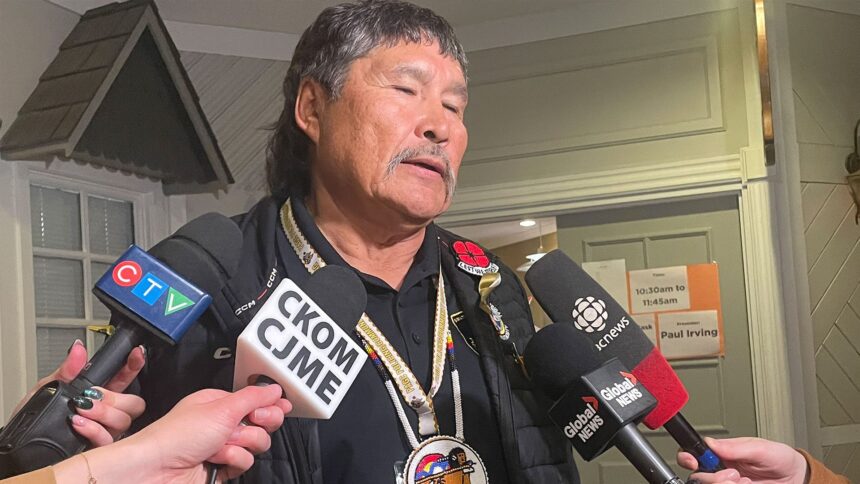
Leave a Comment


